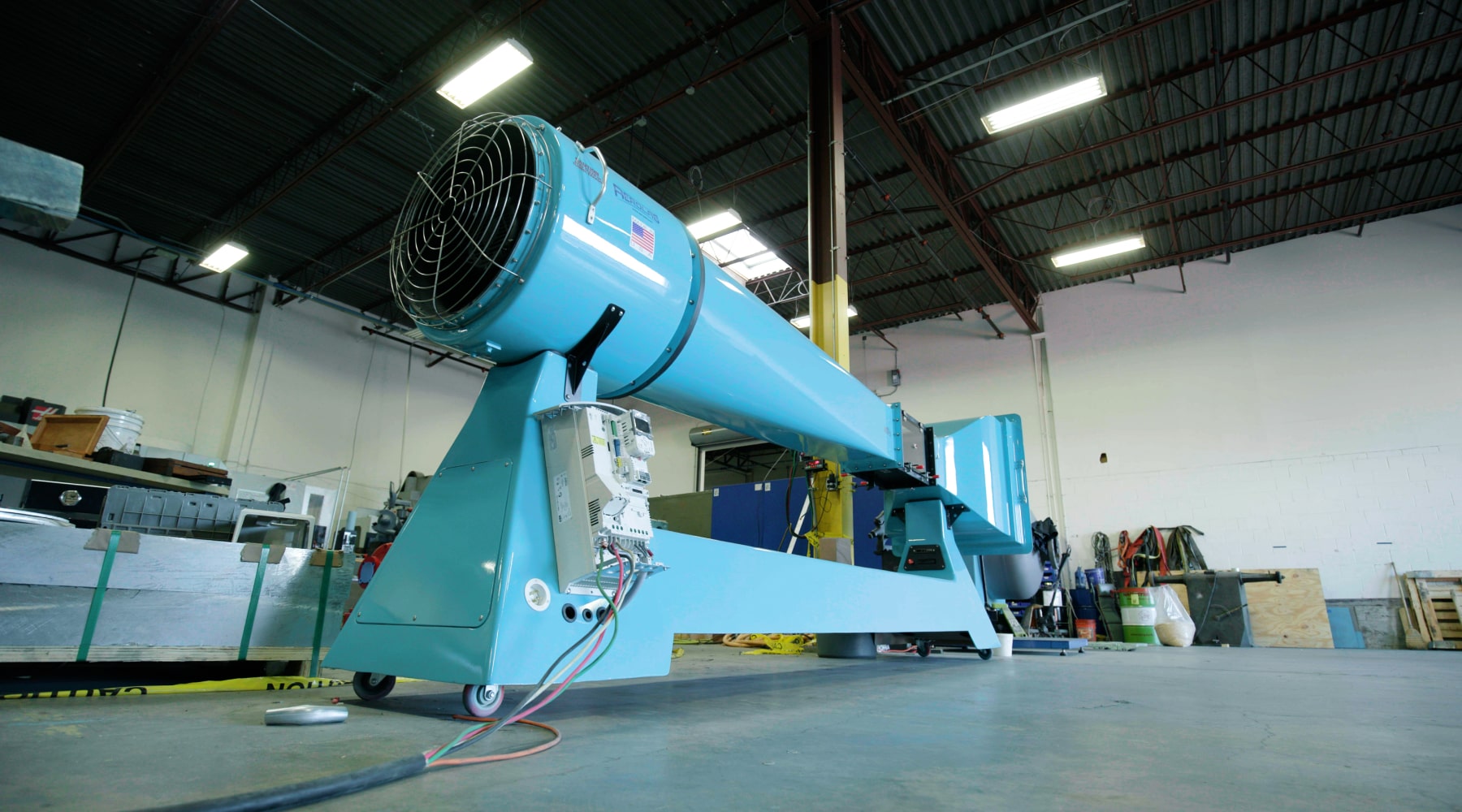

As any one of these wavefronts forms, it propagates radially outward at speed c and acquires a radius ct. The shock wave from a supersonic object is a cone composed of overlapping spherical wavefronts. Speeds approximately equal to the speed of sound have Mach numbers approximately equal to one and are described as transonic. Those greater than the speed of sound have Mach numbers greater than one are a described as supersonic. Speeds less than the speed of sound have a Mach number between zero and one and are described as subsonic. Mach 0.5 is half the speed of sound, Mach 2 is twice the speed of sound, and so on. The Mach number is a dimensionless measure of speed common in aerodynamics. The ratio of the speed of a moving object ( v) to the speed of sound ( c) in a fluid is known as the Mach number ( Ma) in honor of Ernst Mach (1838–1916), the Moravian physicist, psychologist, and philosopher who studied sound and ballistics. Jet fighter planes with conical shock waves made visible by condensation. When the shock wave speed equals the normal speed, the shock wave dies and is reduced to an ordinary sound wave. The speed of a shock wave is always greater than the speed of sound in the fluid and decreases as the amplitude of the wave decreases. Unlike ordinary sound waves, the speed of a shock wave varies with its amplitude. When a shock wave reaches an observer a "sonic boom" is heard. The edge of the cone forms a supersonic wave front with an unusually large amplitude called a "shock wave".

When the speed of a source exceeds the speed of sound ( v > c) the wave fronts lag behind the source in a cone-shaped region with the source at the vertex. Pilots at the time mistakenly thought that these effects meant that supersonic flight was impossible that somehow airplanes would never travel faster than the speed of sound. Fighter pilots engaged in high speed dives noticed several irregularities as flying speeds approached the speed of sound: aerodynamic drag increased markedly, much more than normally associated with increased speed, while lift and maneuverability decreased in a similarly unusual manner. The term "sound barrier" or "sonic barrier" first came into use during World War Two. The resulting pile of waves forms a large amplitude "sound barrier" that makes sustained flight at this speed difficult and risky. When the speed of a source equals the speed of sound ( v = c) the wave fronts cannot escape the source.


 0 kommentar(er)
0 kommentar(er)
